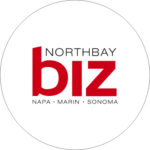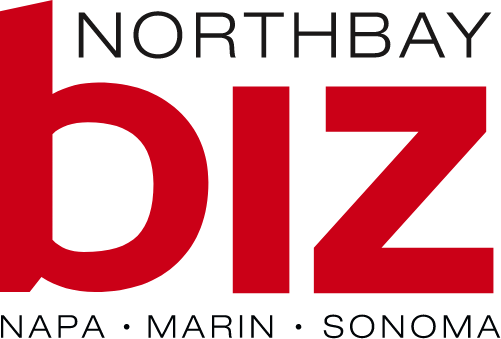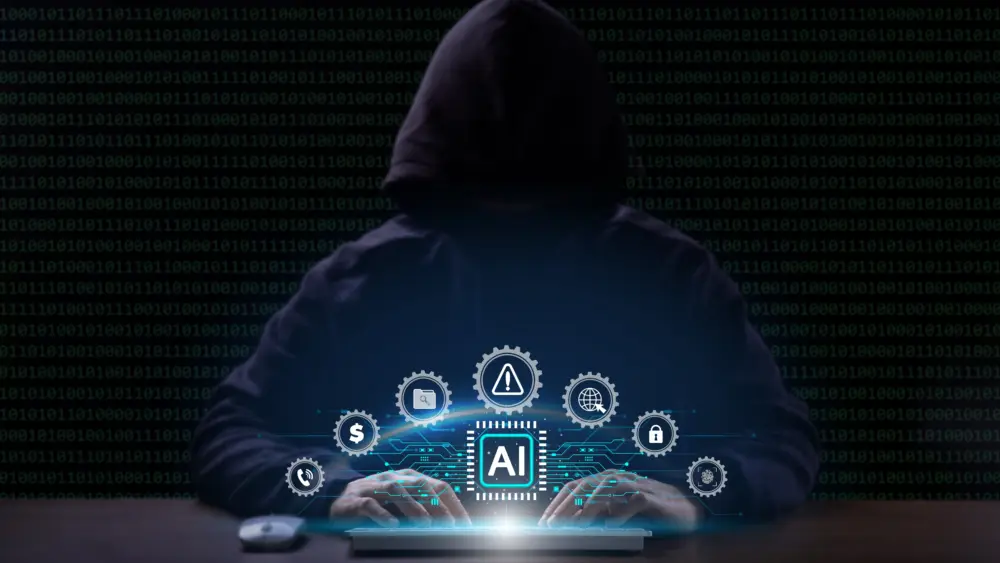In 1986, I had no cell phone. The World Wide Web was still five years in the future. The IBM PC was five years old and the Mac had only been around for two. MS-DOS 3.2 was the primary PC operating system. Chessmaster 2000 was released that year, and Mavis Beacon Teaches Typing! hadn’t been thought of (I was part of the teams that created both these best-selling products). PowerPoint hadn’t been invented yet (gasp!). Audio CDs were on their way up and laptops were expensive (and heavy) curiosities. Mark Zuckerberg, CEO of Facebook, was two years old. No Kindles, no Amazon.com, no Google. And there were no Priuses lining the streets of Sebastopol.
Airlines issued paper tickets and travel agents still existed. Getting on a plane didn’t involve taking off your shoes, getting scanned or patted down. The World Trade Center still stood in New York City. You worried about the price of a long-distance phone call. You didn’t worry about your daughter texting while driving. It was the year that the space shuttle Challenger exploded on takeoff (there was no International Space Station). The Union of Soviet Socialist Republics had another five years to go before it would fall apart.
We still used badly folded paper maps to find our way—the first Global Positioning System (GPS) satellite wouldn’t be launched until 1989. If you had a satellite dish to watch TV, it was six feet across. Cars didn’t have airbags or remote door locks. There was no HDTV, which was good, because all we had were VHS tapes (the first DVDs wouldn’t show up until 1995). Only about 25 percent of kitchens had a microwave. Starbucks was just a one-store coffee bean emporium in Seattle. In 1986, Microsoft went public. And I got married.
Looking backward a quarter-century highlights the difficulty in looking forward, even just a few years. If history is any predictor of the future, the one certainty is that there will be events (like 9/11) and inventions (like the World Wide Web) that come completely out of nowhere and change everything.
In the past 25 years, Microsoft—while still dominant—has stagnated. I’d expect Google to suffer the same fate. Computer technology will be more important than ever, but also increasingly invisible, much the way we take electricity for granted.
At the same time, I think we’ll still live in houses and send our kids to school. I expect to be able to buy a pair of Levis 501 jeans, drink Diet Coke and shop at Costco. Most people will work away from home Monday through Friday. I expect major league sports will still exist, with the possible exception of the NHL. Sadly, I think there will still be wars, but hopefully just small regional conflicts that are too small or too persistent to ever go away completely.
On the other hand, it’s possible that we won’t figure out how to balance the state and national budgets, and the United States will see a significant decline in most people’s standard of living. Perhaps we’ll see bigger wars as well, fought for control of scarce resources (some people believe the Afghan conflict is actually a battle for control of major lithium deposits, lithium being at the heart of advanced battery technology).
I’m hoping for one major technological breakthrough in the next 25 years: practical nuclear fusion. Fusion represents an unlimited, clean energy source that would solve many of the problems we face with trying to power the needs of what will be 8 billion people on Earth. Remember that, today, a quarter of the world’s 7 billion people still live without electricity.
Barring that breakthrough, I’m hoping that we’ll see a large number of solar power generation facilities come online. For example, a 392-megawatt solar thermal generation facility under construction at the Ivanpah Solar Electric Generating System in the Mojave Desert will come online in three phases over the next two years. Solar thermal means that solar energy is used to generate heat, as opposed to the photovoltaic (PV) cells you see on rooftops, which generate electricity. The plant has three generators, each with 50,000 mirrors (!) focusing the sun on a central “power tower.” When complete, the Ivanpah facility will nearly double the amount of commercial solar thermal electricity produced in the United States today.
I’m certain there will be enormous breakthroughs in the area of human health during the next quarter-century, thanks in part to the mapping of the human genome (completed in 2003). And I’m hopeful that current efforts by the Gates Foundation in the area of water, sanitation, vaccination and agricultural productivity will have real results in 25 years. These efforts are aimed at improving the lot of those 2.5 billion people around the world who live on less than $2 per day.
What about North Bay businesses in 2036? There will, of course, be new kinds of businesses based on new technologies (just as, 25 years ago, there were no cell phone stores). Some businesses, like restaurants and wineries, will be just the same, as will service businesses like hair salons and plumbers. And some businesses, like bookstores and video stores, will probably be on their way to extinction. Gas stations may no longer pump much gas, providing instead a quick battery exchange for electric vehicles, as envisioned by Better Place. You’ll see a lot more businesses with solar on their roofs.
I think movie theatres will survive the growth of streaming films directly to home television sets—they still provide an unparalleled experience for certain types of films as well as a shared experience. Teenagers will still want to escape the house with their friends and sit in the dark together. Some things are timeless.
What do you think? What changes will 25 years bring to the North Bay? Drop me a line at mduffy@northbaybiz.com.
Author
-

Michael E. Duffy is a 70-year-old senior software engineer for Electronic Arts. He lives in Sonoma County and has been writing about technology and business for NorthBay biz since 2001.
View all posts



